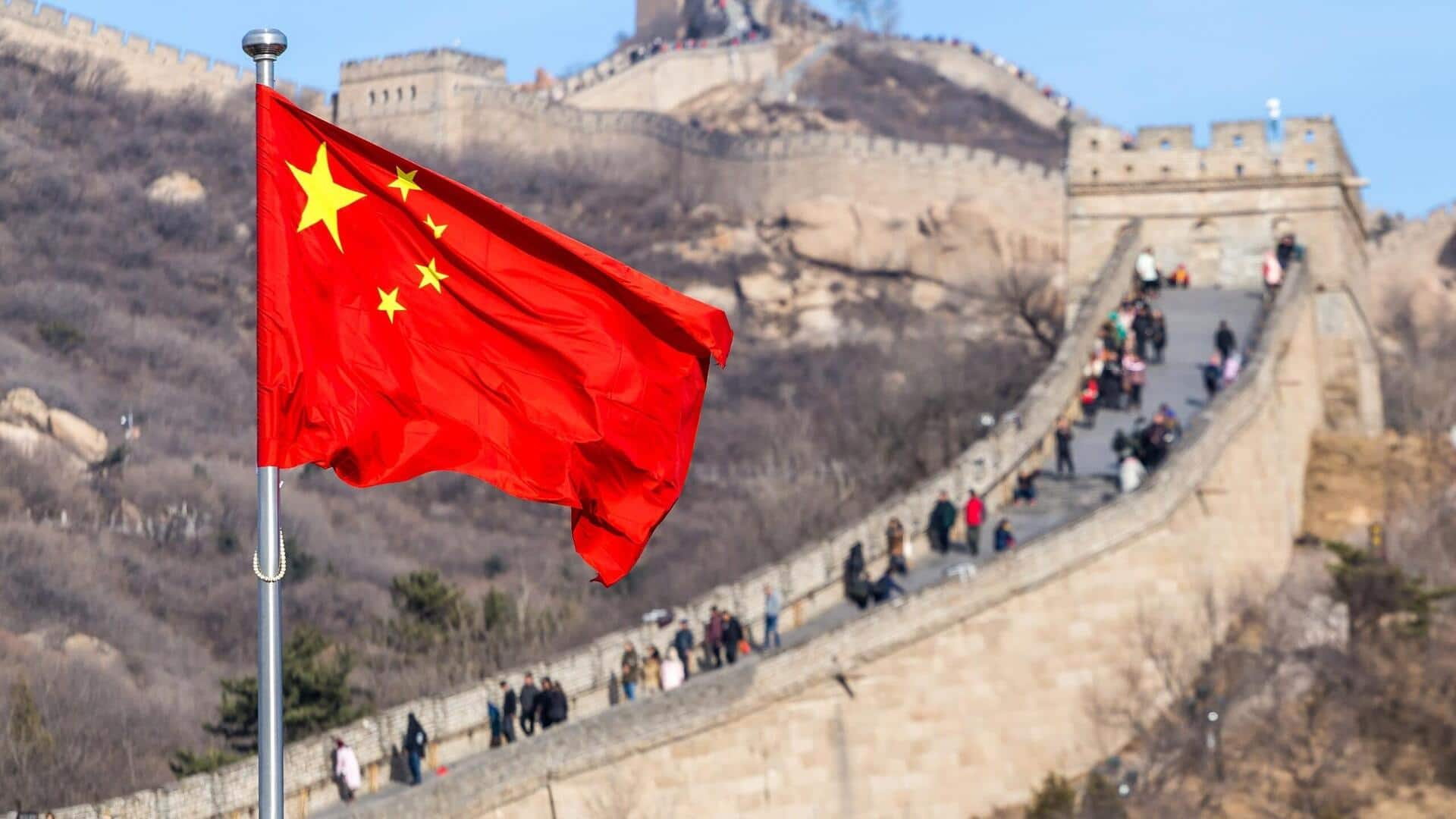
How China's STEM visa gives it an edge over US
What's the story
China has announced a new visa category, the "young talent" K visa, aimed at attracting global professionals in science, technology, engineering and mathematics (STEM). The initiative is part of China's strategy to enhance innovation and competitiveness in its high-tech sectors. The move comes as other countries, notably the United States, have adopted more restrictive immigration policies.
Visa details
A look at the visa
The K visa will go live on October 1 and is expected to offer more flexibility and fewer barriers for foreign professionals in STEM fields. It has specific requirements pertaining to age, educational background, and work experience, and does not need a domestic employer/inviting entity. The visa not only targets overseas Chinese communities, but also young people from developed and developing countries, especially Japan, India, and South Korea.
Visa skepticism
Analysts skeptical about effectiveness
China's strengths include its vast market, rapidly advancing universities, an extensive talent network, as well as thousands of industrial tech parks. The "young talent" K visa is expected to leverage these factors, but analysts remain skeptical about its effectiveness. They have called for stringent policy support to ensure the success of this initiative.